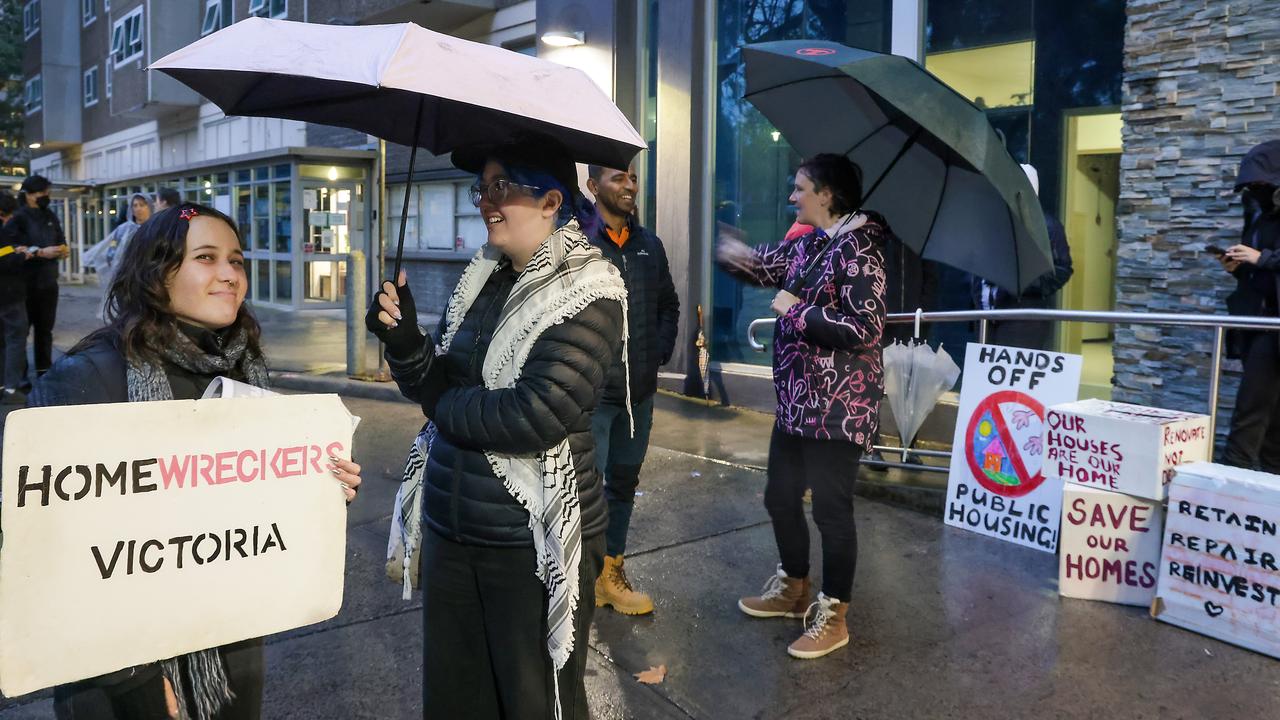Coronavirus Victoria: Roadmap criteria to easing restrictions would see Sydney in lockdown now
Victoria’s plan to ease restrictions only as numbers drop below certain levels has been lambasted and all you have to do is look to Sydney to see why.

Despite having new cases almost every day of locally transmitted coronavirus, residents of New South Wales have – by and large – been able to go about their daily business for months.
Pubs and restaurants are open; shops are trading; cinemas are screening and people can travel as far as they wish – before they hit a border that is.
Yet, if Victoria’s new roadmap out of COVID-19 lockdown was applied to NSW, the state would be in curfew and just about every business would be shut.
“The criteria for moving between stages in Melbourne is not reasonable. If NSW had those criteria it would be in stage two lockdown right now,” ANU epidemiologist Professor Peter Collignon told news.com.au.
“The problem with Victoria’s plan is it’s an elimination strategy and I don’t think that’s realistic with the roadmap’s timeline.
“Elimination is hard to maintain. The only place that tried it was New Zealand and, guess what, it didn’t work.”
Speaking today, Prime Minister Scott Morrison said the announcement that Victorians would continue under curfew, potentially for months, was “crushing news” and he hoped a “worst case scenario”.
But he also picked up on the point that NSW would be shut if the Victorian rules applied.
“What I can‘t help but be struck by is that, under the thresholds that have been set in that plan, Sydney would be under curfew now. Sydney doesn’t need to be under curfew now.”
But Victorian Premier Daniel Andrews said comparisons between the two states were “unfair”.
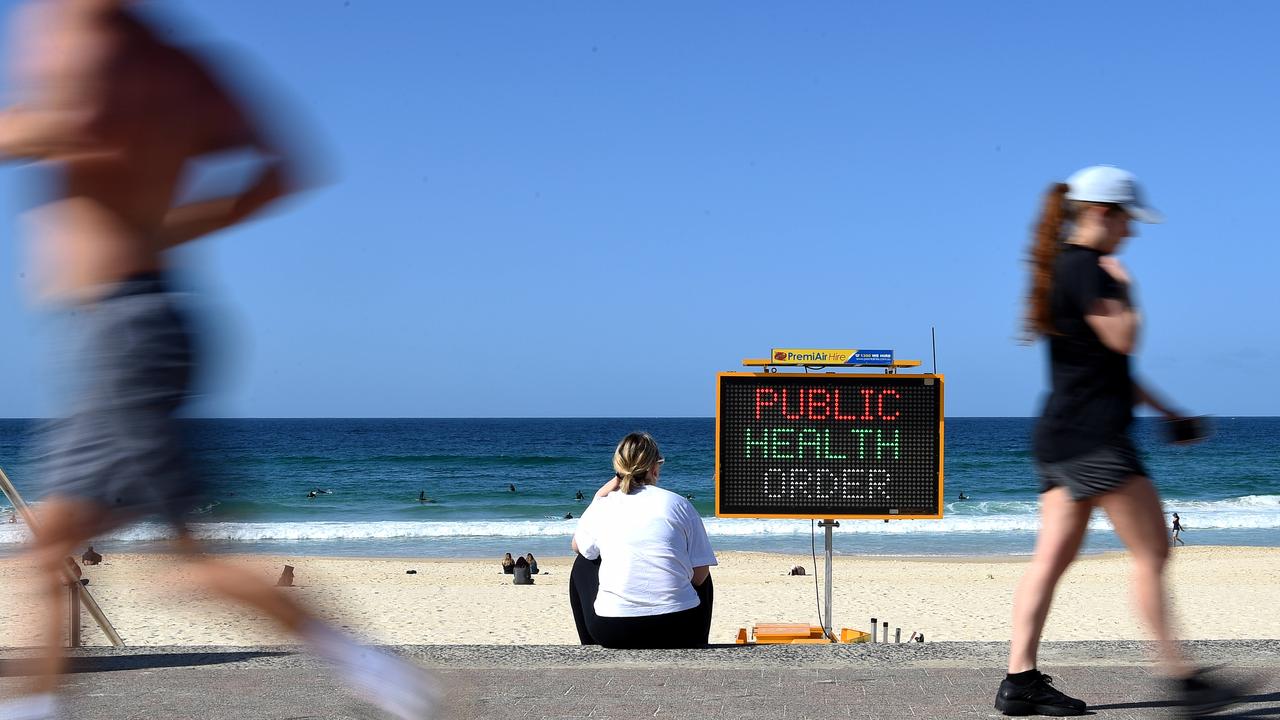
RELATED: Follow our live coronavirus coverage
On Monday, Victoria recorded 41 new infections of COVID-19 – an extraordinary reduction from its high of 700 plus cases a day.
From next Sunday it will take the “first step,” towards a new “COVID-normal”, the reopening roadmap states. This first step is effectively stage three restrictions and will see some tinkering at the edges of the current stage four with a slightly shorter curfew and an hour longer to exercise.
Stage two restrictions could kick on September 28 if Melbourne can get to an average of 30 – 50 new cases per day over a two-week period. This stage keeps in place many of the stage three restrictions but some children will be allowed to go back to school, small groups can meet outside and the 5km distance limit will be scrapped.
Stage one, or as Victoria is now naming it – the “third step”, is closer to NSW with shops and workplaces open but still doesn’t go as far. The simple joy of having a beer inside a pub, that everyone else has in Australia, will wait until the “last step” maybe a month out from Christmas.
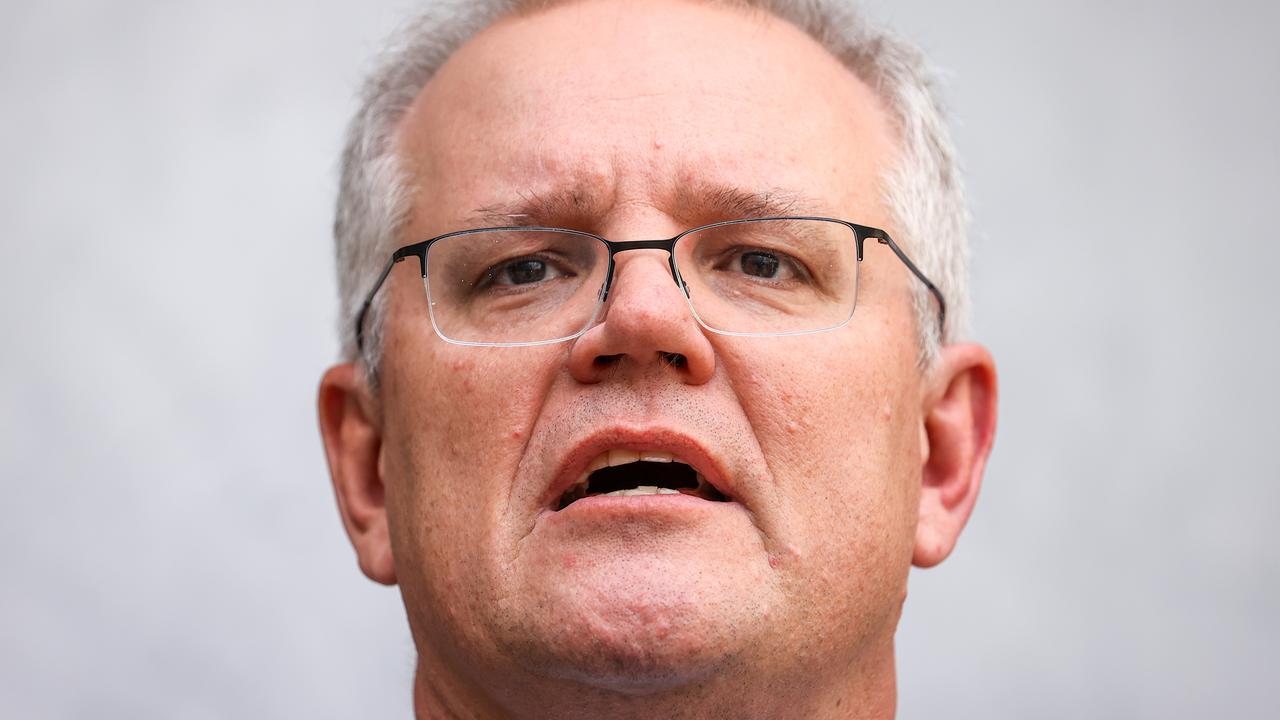
HOW NSW WOULD LAND COMPARED TO VIC’S CRITERIA
Last week, NSW recorded 54 fresh COVID infections – about eight a day. It’s well below the 30-50 cases a day for Victoria’s stage two. So, if NSW followed the same criteria it would be in stage one, right? No, there’s a catch. To get to stage one where Victorians will be allowed to have a beer – but only outdoors – doesn’t mean having fewer than 30 cases as day, it means having fewer than five.
The jump between the two stages is more of a leap. And with eight cases per day, NSW would not have reached that criteria. In fact, it hasn’t reached that yardstick since sometime since around late June.
If Melbourne’s rules were applied in Sydney, residents would right now be in a 9pm–5am curfew, would not be allowed to go to work, gatherings would be limited to five and it would be takeaway only.
In fact, current restrictions in NSW, which allow pubs and gyms, group sports and 20 visitors to homes, sits somewhere between Victoria’s “last step” and “COVID-normal”. And that’s with NSW’s continuing rumble of new cases every day.
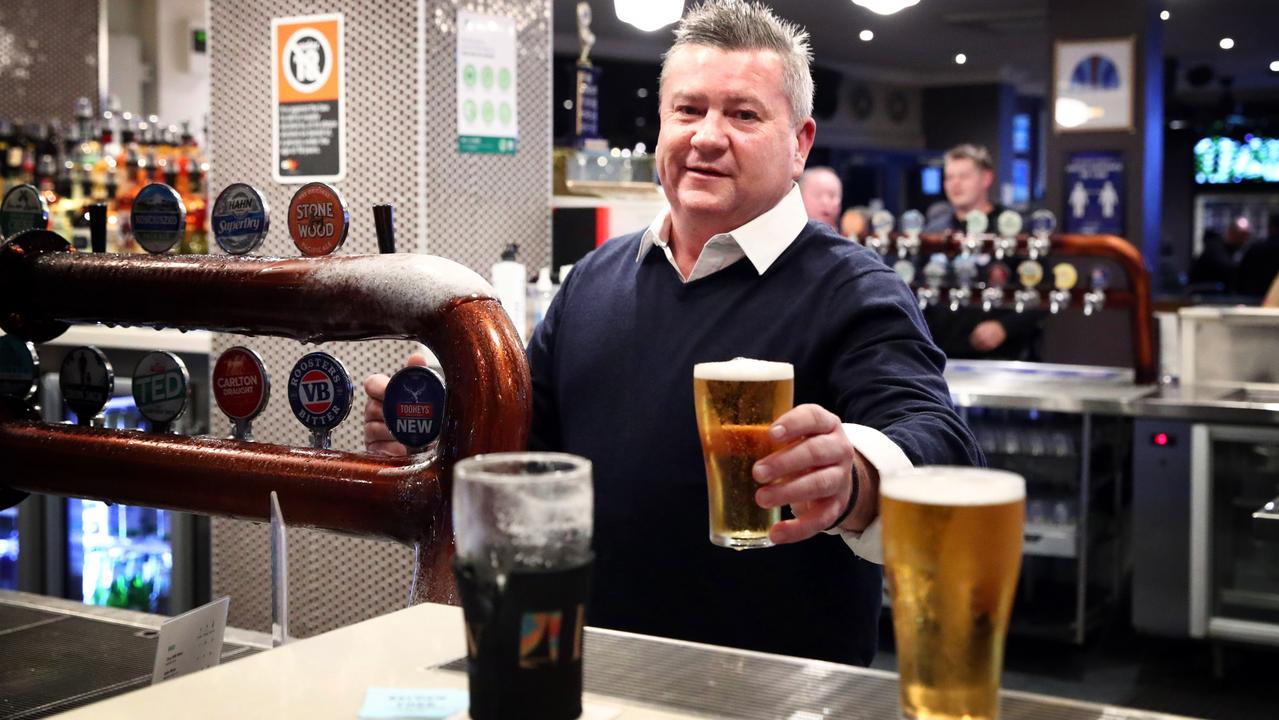
“A more realistic strategy (than Victoria’s) is that of NSW and the Commonwealth where you have suppression and the virus at low levels. You do get elimination in some areas but it’s always going to be easy to come back because it’s so widespread around the world,” said Prof Collignon.
There is another number that is very different between Victoria and NSW and that’s the figure for active cases, those people still with COVID.
Last week, NSW had 160 active cases but Victoria had a huge 1872. That could be a reason to be hesitant to open up so quickly.
However, active cases are barely referred to in Victoria’s roadmap and don’t appear to be a milestone to moving down a stage.
The document does reference “no active cases state wide” as prerequisite for going to COVID-normal, and this is why some epidemiologists have read the roadmap as another name for an elimination strategy.
RELATED: Have your say on Victoria’s harsh lockdown
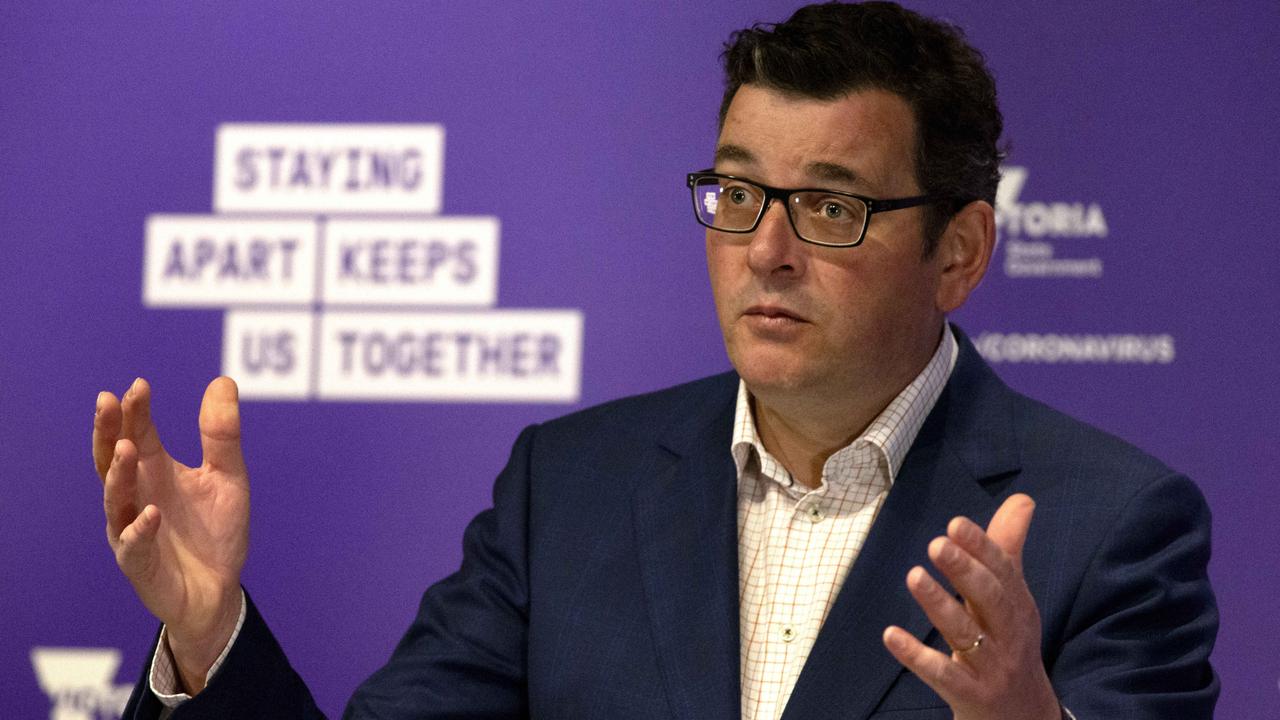
COMPARISON ‘UNFAIR’
Stephen Duckett, the director of the health program at think tank the Grattan Institute has welcomed Victoria’s plan which is similar to a paper he authored calling for “appropriate restrictions” until there are zero active cases.
“The COVID-19 roadmap sets the state on the right path. Something like it should be emulated by NSW, which has not yet achieved zero new cases.”
Mr Andrews has hit back at comparisons between Melbourne and Sydney.
“It‘s unfair not to acknowledge the fact that they haven’t had the community transmission that we’ve had. That’s not a point of pride. It’s just a fact,” Mr Andrews said.
“And trying to compare the two is not the same. I’ve seen all this commentary about, ‘Oh, well, under our settings, they’d be in lockdown’. No, they wouldn’t. Because they’ve not had the community transmission we’ve had. So we are different.”
Indeed, Prof Collignon said the current numbers in Victoria were still too high.
“Victoria is going in the right direction but you do have to limit people’s movements at these numbers so I don’t quibble with that.
“But the question is how harsh do the restrictions have to be for everyone? Most transmission is within homes, or in the work places of essential workers and it’s happening staff-to-staff. Even in stage four, if essential workers are still transmitting that’s a problem.
“We need to restrict people’s movements but in a way that we could do for a few years so it needs to be sustainable. My worry about Victoria is this virus will not go away, so the elimination strategy is not realistic.”
Even if a vaccine came along, he added, it might not be 100 per cent effective. The flu vaccine varies between 40 and 60 per cent effectiveness, yet there is no elimination strategy for that disease.
Prof Collignon said a better yardstick for reducing restrictions, might be Victoria getting its act together on contact tracing and testing.
“It needs to be getting 95 per cent of tests back within 24 hours to encourage people to test, and 95 per cent of contact tracing done in 48 hours. Victoria is meeting neither of these major criteria.”
Mr Morrison said Sydney had a tracing capability that can deal with outbreaks.
“NSW is the gold standard. That is where we have to get everybody to ensure that Australia can be open. It‘s important we work on building that tracing capability in Victoria that enables it to move in a more confident way than the plan that was announced yesterday.”
The people of NSW enjoying social distanced beers in the sun this week, or popping to the cinema, working out at the gym or mooching around the shops, might want to be grateful.
It’s a privilege Melburnians wouldn’t have been afforded even if they been as successful in tackling the recent outbreaks as NSW has.



